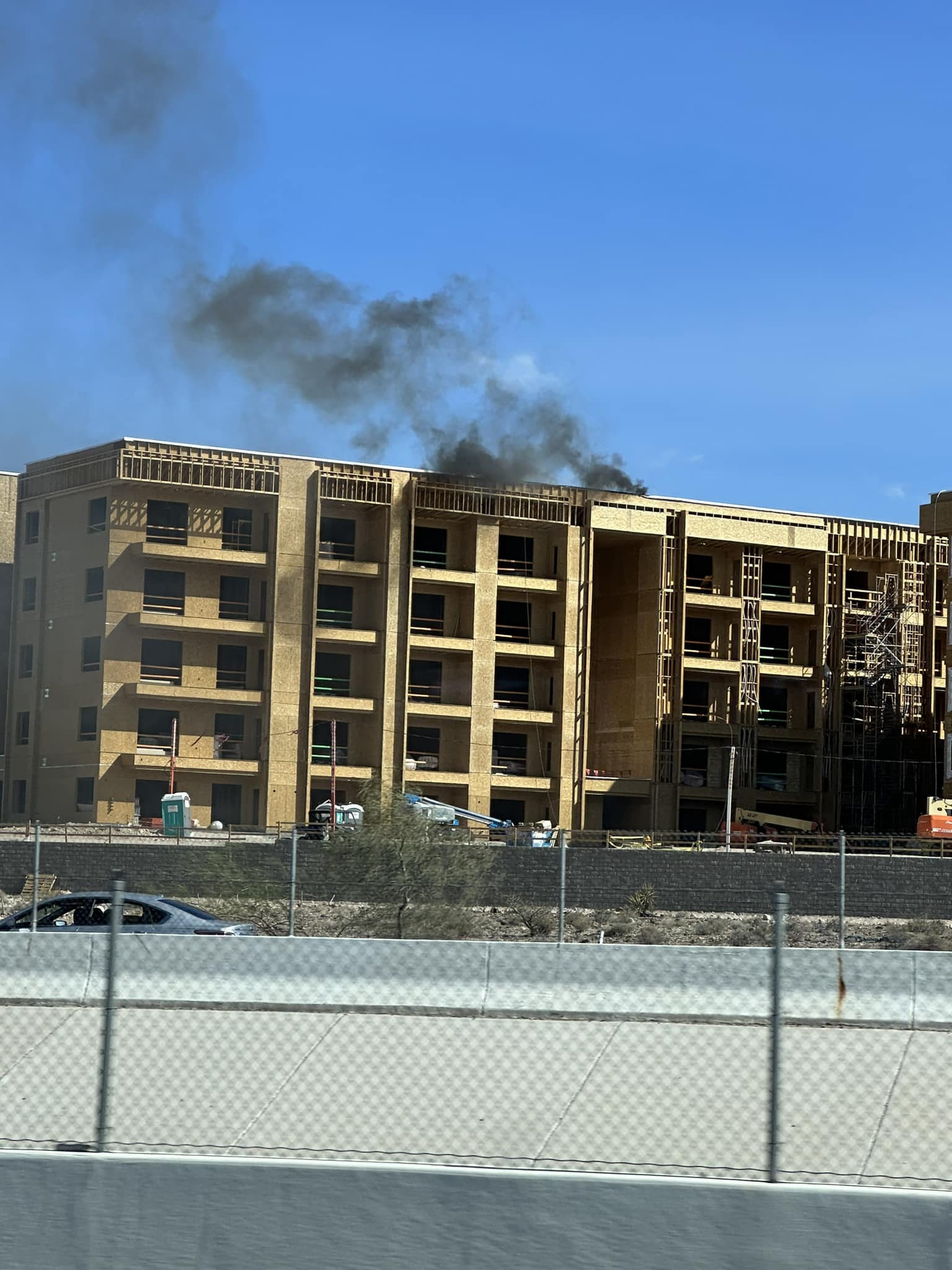Neroshield by Proficient Coatings: A Potential Solution to Prevent or Limit Fires in Construction Sites
Introduction:
In recent times, devastating fires in construction sites have become alarmingly common, causing immense damage to property, endangering lives, and leaving communities in distress. One such incident occurred recently in Las Vegas, Nevada, where an under-construction apartment building was tragically engulfed in flames. However, in the face of such disasters, innovative technologies like Neroshield by Proficient Coatings offer a glimmer of hope by potentially preventing or limiting the extent of fires in construction sites. This blog post delves into the capabilities of Neroshield by Proficient Coatings and how its implementation could have played a crucial role in preventing or mitigating the Las Vegas fire.
Understanding the Las Vegas Fire:
To comprehend the significance of Neroshield by Proficient Coatings, it’s crucial to analyze the events that transpired during the Las Vegas fire. Reports suggest that the blaze originated from a spark caused by an electrical short circuit, which then rapidly spread through the building’s flammable construction materials. The fire’s intensity and the lack of effective fire suppression systems in place hindered the firefighting efforts and led to significant damage. However, with the deployment of Neroshield by Proficient Coatings, the outcome might have been remarkably different.
The Power of Neroshield by Proficient Coatings:
Neroshield by Proficient Coatings is a revolutionary new technology created to be a highly effective and preventative fire retardant. It can be field applied or part of the OEM manufacturing processes and applied topical or mixed into existing materials. Neroshield by Proficient Coatings can withstand temperatures of up to 2500 Degrees Fahrenheit and has been extensively tested and shown to provide superior fire-retardant protection and endurance with proper application. Neroshield by Proficient Coatings can help reduce the spread of fire and effectively block the transmission of conductive and radiant heat from fire at higher-than-normal temperatures while limiting the release of toxic smoke and fumes into the environment. Let’s explore how Neroshield by Proficient Coatings could have played a pivotal role in the prevention or limitation of the Las Vegas fire.
Fire resistance:
One of the key benefits of Neroshield by Proficient Coatings is that it limits the spread of flames to the original fire source. It not only resists the spread of flames but also reduces the amount of heat transfer that takes place due to a substrate’s immediate and prolonged exposure to high heat. By limiting the fires access to additional fuel sources, Neroshield by Proficient Coatings would have forced the fire to sustain itself on its original source of combustion. Once that original source was charred and depleted of its catalytic properties, the surrounding (treated) materials would have remained unaffected by the flames, heat, and diminished smoke.
Reducing Water Damage:
Traditional fire suppression methods often lead to extensive water damage, which can exacerbate the overall destruction. Neroshield by Proficient Coatings preventative retardation capabilities minimize and possibly eliminate water usage by virtue of effectively resisting flame and smoke spread. By mitigating water damage, Neroshield by Proficient Coatings could have helped preserve the structural integrity of the building during the greatly lessened firefighting efforts on the scene, reducing not only property damage, but reducing the exposure to first responders to harmful circumstances.
Conclusion:
The recent fire in the under-construction apartment building in Las Vegas, Nevada, serves as a somber reminder of the urgent need for advanced fire retardation at construction sites. The treatment of structures and flammable ancillary equipment can save hundreds of thousands of dollars, and more importantly, save lives.


